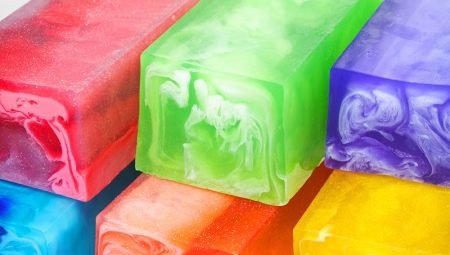Making soap at home is not only a fashion trend. This skill helps to produce a useful and safe personal care product, and quite simply. All that needs to be done is to warm up the finished base, add dyes and aromatic additives and pour into the mold. After mastering this process, you can move on to advanced technologies. For example, the production of soaps with swirls.
What is a soap base?
The first step to making soap is to choose the base. There are many options for the basics. Some of these include synthetic ingredients. Others contain natural ingredients. The basics are also divided into white and transparent. In the final product, a transparent base will produce brighter colors. And white will contribute to pastel colors.
The best option for those who want to produce complex soap is to buy a finished soap base. In this case, it is not always possible to apply all the ingredients that you would like to see in the finished product. But you can buy wonderful soap bases: with olive and coconut oil, with goat milk and other ingredients.
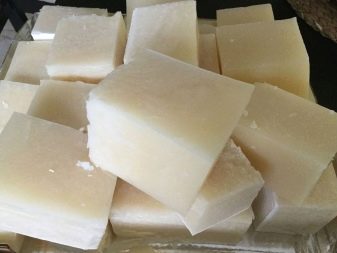
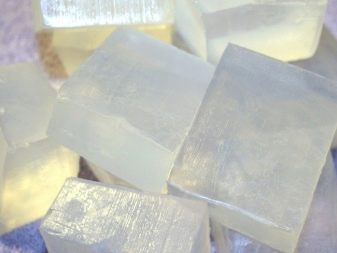
Glycerin is a by-product of the soap manufacturing process. This substance is not thrown away, but is usually left by most soap manufacturers for sale in order to increase profits. This ingredient is good for the skin., because it moisturizes it very well and has some healing properties.
Natural soap base must have 100% organic matter. If the manufacturer does not indicate the full composition of the ingredients, then do not buy its products.
If you need a beautiful skin color, it is very important that synthetic and chemical harmful substances do not fall on it.
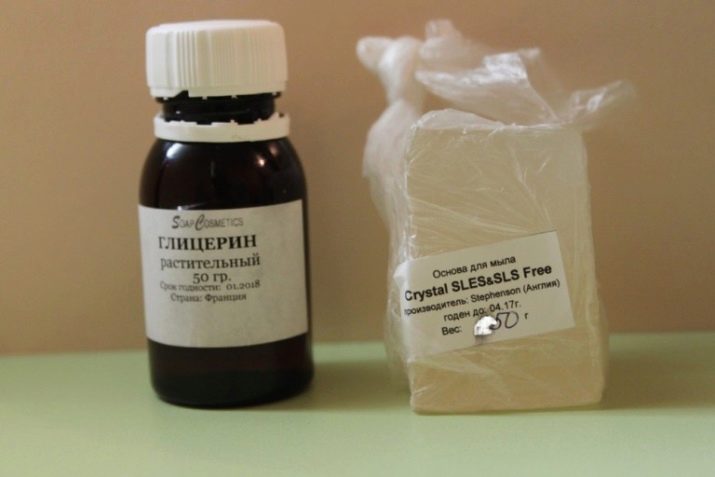
Most bases for melting and dispensing soaps, with the exception of goat milk varieties, do not contain animal products such as fat. If you are concerned about this issue, be sure to check out the list of ingredients for the specific soap base that you plan to use.
Basics for cooking soap also come in:
- with shea butter;
- honey;
- oatmeal;
- with olive oil;
- with aloe vera;
- with coconut milk.
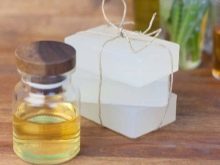
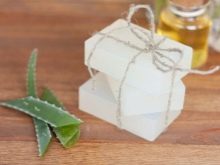
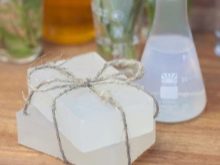
Proportions and manufacturing rules
The recipe for making homemade soap is very simple, but the manual process takes a lot of time. The good thing is that homemade soap will contain only the ingredients you have chosen. This is perfect for allergy sufferers and people who value natural cosmetics without preservatives. Soaps are usually made from vegetable oils. And the detergent contained in it is a solution of sodium hydroxide.
We will analyze the process of soap production at home using a specific example.
To make soap, we need:
- 1 kg of oilcake or 1 liter of olive oil;
- 127 g of sodium hydroxide;
- 380 ml of cold distilled water.
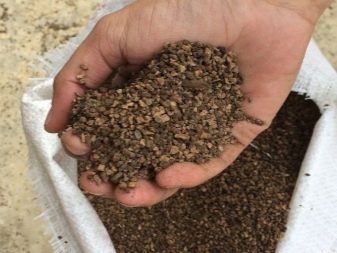
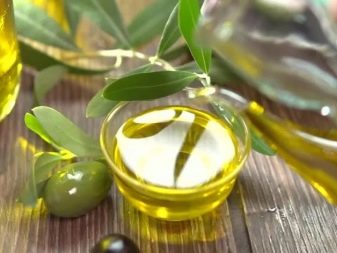
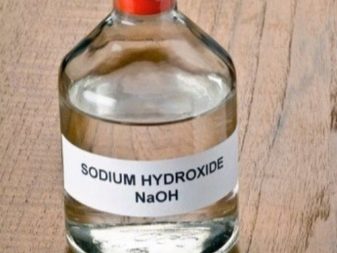
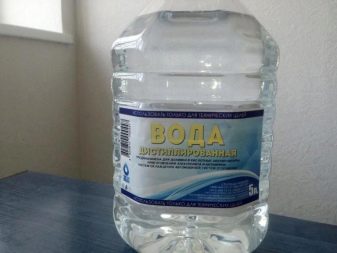
The manufacturing process consists of several main phases.
Alkalization
First phase.
- Pour 127 g of hydroxide into the dishes. Then we measure 380 ml of water in another container.
- Slowly pour the hydroxide into the water, not forgetting to stir. During this operation, a lot of heat is released, the water becomes hot.
- Carefully place the thermometer in the solution. If you are confident in the strength of your dishes, you can put it in a sink with cool water, the mixture will cool faster.
It must be remembered that when choosing accessories for the preparation of soap, you can not use aluminum. Everything in contact with alkalis should be made of glass, wood or stainless steel. While the alkali solution cools (up to 40 degrees), we measure exactly 1 liter of olive oil and heat it up to about 40 degrees.
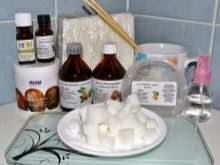

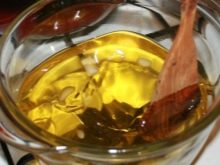
Mixing
The next phase.
- Pour alkali into the oil slowly in a thin stream, stirring with a wooden spoon.
- Next, beat the mixture in a blender. Gradually, the yellow liquid turns into a homogeneous creamy mass.
- After the soap base has warmed up, you can add aromatic substances and other ingredients. Then pour the resulting mass into molds.
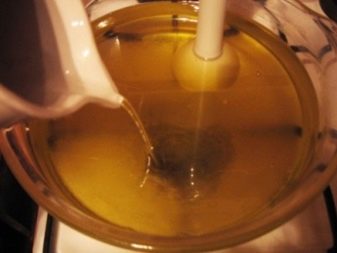
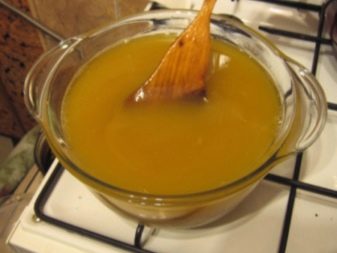

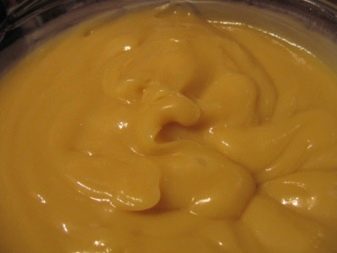
Pouring
The last step is to pour the mass into molds.
- Pour the finished mass into the prepared form. Then cover it tightly with plastic wrap or wrap it with a towel.
- To maintain heat in shape, put it next to a radiator or other heating device.
- Let the solution brew for about an hour, so that it cools and hardens.
In the absence of forms, soap can be cut with an ordinary knife.
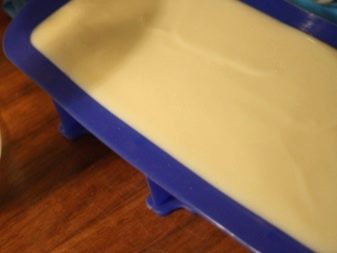
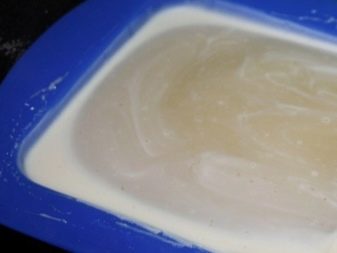
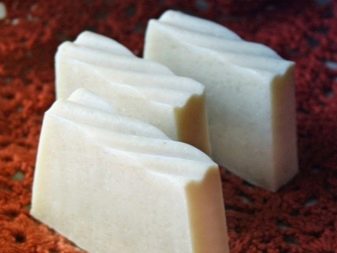
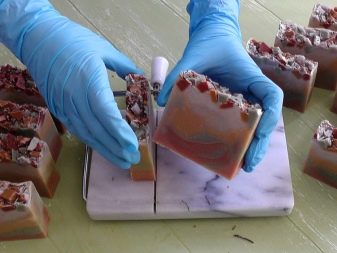
Let's consider some additional process features.
Base heating
No matter which soap base you choose, the first step to making soap is to grind the base into small pieces. This helps the soap melt evenly and quickly. To do this, divide the soap base into small pieces, approximately 1 cm.
It is very important that the base melts on low heat. It may be tempting to simply throw the soap base into the pot on the stove or microwave it for 5 minutes, but do not give in to temptation. This is a quick way to spoil the soap.
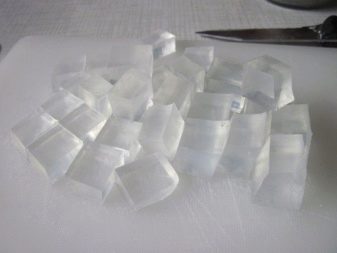
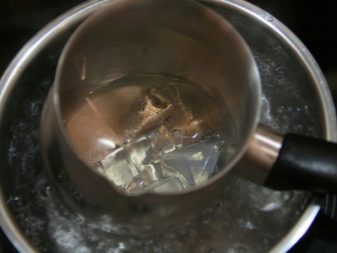
Soap bases melt at a temperature of about 120 degrees. Therefore, their melting does not take much time. If you are using a microwave, melt the soap base for 30 seconds and mix between sessions.
Dyes
The amount of dye added depends on its type. Use dyes designed specifically for soap. They are safe for the skin and will not cause skin irritation or damage. Avoid the use of food or other dyes, which, in your opinion, may be suitable for this case.
Soap dyes are of two main types:
- dry powdered;
- soapy, skin-friendly.
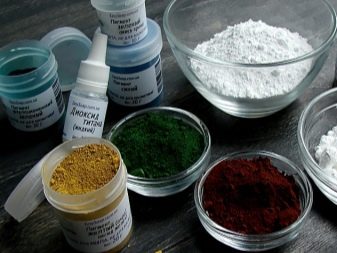
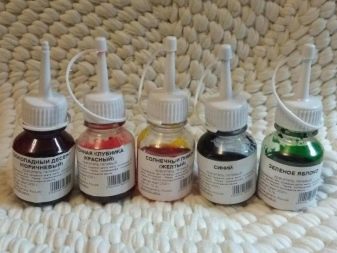
Both are pretty cheap. Therefore, you really should not try to save money and use food coloring.
In addition to dyes, you can supplement the soap with other additives.
- You can add your favorite spices or ingredients with medicinal properties in the corresponding paragraph of the recipe. Thanks to this, the soap will not only look attractive, but also smell good.
- To get a beautiful cosmetic product, add sweet pepper or turmeric to the mass before pouring into the form.
- To flavor the soap, add a few drops of vanilla, two pinches of cinnamon or aromatic tea to the mass. You can also apply flower petals.
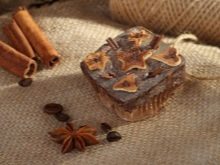

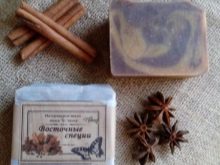
Useful Soap Recipes
Before you begin to consider the different recipes, you need to dwell on some general rules.
- Try adding gentle essential oils that are safe to apply to the skin in low concentrations. These include, for example, lavender, orange or sesame oil.
- Adding oil to the base also helps create a nourishing soap that cleanses the skin well. The secret is to add enough oil to have a softening effect, but not to overdo it. Otherwise, the product will turn out to be too soft or oily.
- Add oil in an amount of not more than 1-3% of the total weight of the soap.
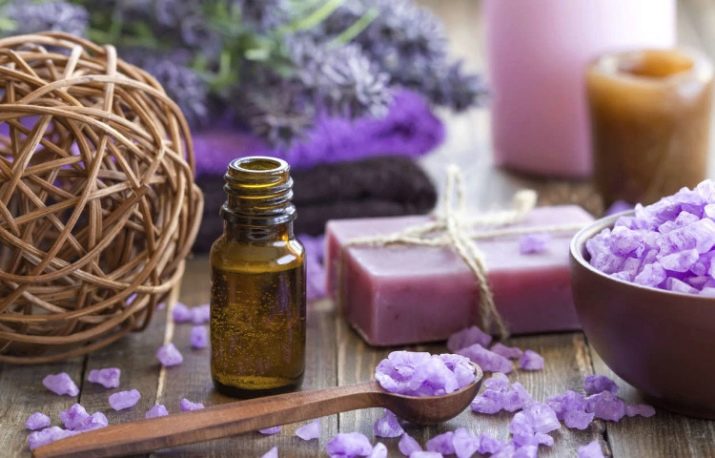
Supplements such as oatmeal, lavender and poppy seeds can be a great addition to soap. They add a little delicate aroma and color, helping to make the bar of soap unique and attractive. Coffee additives give a characteristic smell and a subtle scrub effect.
With herbs and flowers
Dried lavender, chamomile, and rose petals are a great choice. You will need 6 to 12 grams of herbs per 450 grams of soap. Before pouring soap into the mold, add herbs or flowers. Thus, they will not lose much of their color. Herbal soap perfectly performs the function of hand soap. But it may be too “prickly” as soap for a bath or shower.
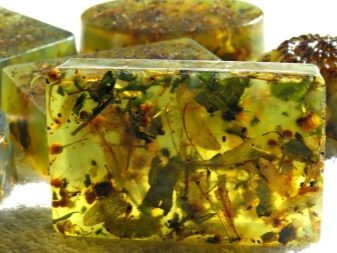
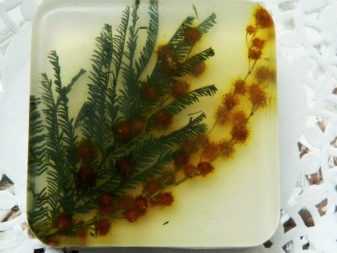
For aroma, texture and color
Just 1 tablespoon (15 grams) of ground spices allows you to bring the product to a whole new level. Mix the spice with soap after you remove it from the heat. A large selection of spices is available, including cinnamon, pumpkin and ground turmeric.
Experts have also identified several ingredients for a moisturizing effect.
- Do not use ordinary butter from cow's milk, otherwise it will become rancid. Instead, try one of the following oils: cocoa, shea, mango or vegetable. You will need 1 to 2 tablespoons (15 to 30 grams) per 450 grams of soap.
- Cocoa and shea butter are great for foaming when soaping.
- Mango oil is used to soothe irritated skin, treat sunburn and reduce dryness.
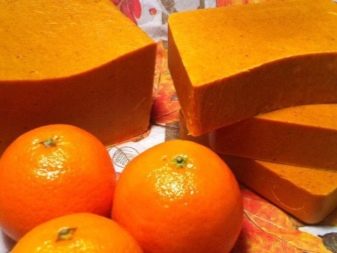
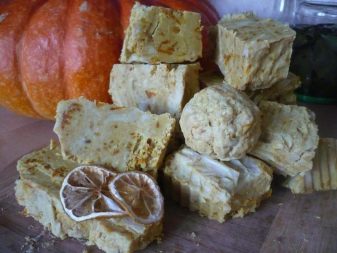
With extracts
Extracts are not the same as essential or aromatic oils. Although some of them may add flavor to the soap, they are mainly used because of their individual properties. Usually 1-2 tablespoons (15 to 30 ml) of the extract are used per 450 g of soap - add them along with dyes and aromas. The following are common features and benefits.
- Chamomile extract relieves stress well. It is also an antiseptic and anti-inflammatory. It can be used in the manufacture of baby soap.
- Grapefruit Seed Extract is a natural disinfectant. It contains vitamins A, C and E.
- Green tea extract may help with sunburn, irritation and acne.
- Guava fruit extract It contains vitamins A, B and C. It is especially good for aging skin.
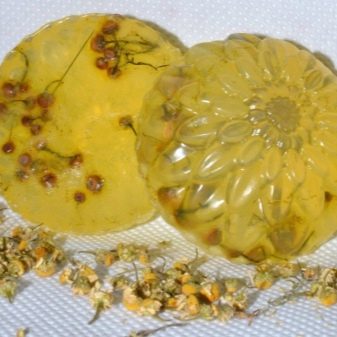
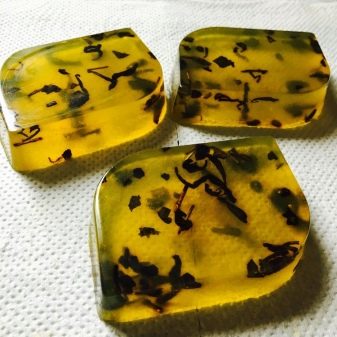
With exfoliating supplements
Add such an additive to the base of the soap just before adding it to the form. In most cases, you will need 1 to 2 tablespoons (15 to 30 grams). Listed below are some popular options:
- jojoba and oatmeal are gentle exfoliants suitable for sensitive skin;
- fine sea salt and sugar - exfoliants of medium strength;
- coffee and strawberry seeds - rough exfoliants, 1-2 teaspoons are enough here;
- clay application gives a positive cosmetological effect.
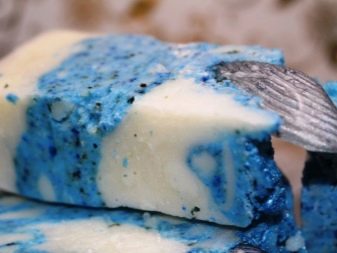
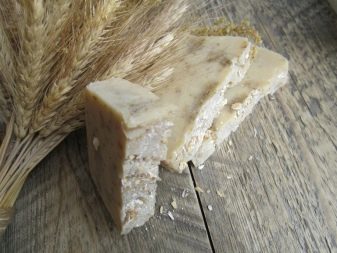
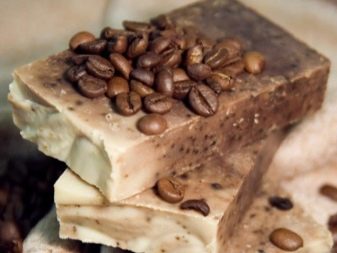
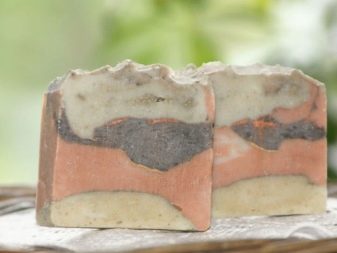
How to make soap with swirls?
Swirls translated from English means "whirlwinds" or "curls." Special soap bases for swirls retain viscosity when heated. This property is used to obtain multi-colored pieces of soap, with various beautiful and unusual patterns (stars, hearts and others).

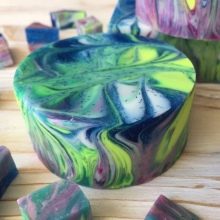
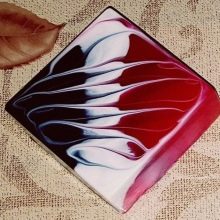
Consider this method of soap making on a specific example.
Materials:
- 150 g of white soap based on shea butter;
- 5 drops of eucalyptus essential oil;
- 5 drops of turquoise dye;
- seashell shape;
- Spray bottle for alcohol.
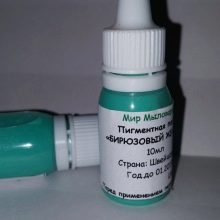
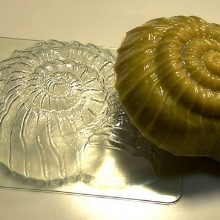
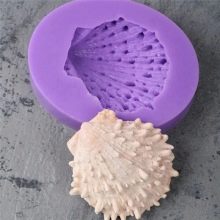
Instruments:
- 2 measuring cups;
- 2 chopsticks;
- cutting board;
- knife;
- microwave;
- toothpick.
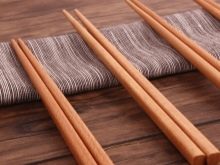

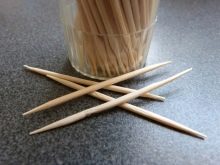
Technology
The creation of soap is as follows.
- First you need to cut the soap base into cubes. Melt them in the microwave until the mass is completely melted.
- In one cup, mix 5 drops of eucalyptus essential oil with soap. In the other, combine 5 drops of turquoise dye with soap.
- Pour both color mixes into one of the shell shapes at the same time. Mix gently with a toothpick. Do not overdo it. If you want to leave colored whirlpools, quickly spray alcohol onto the surface of the soap.
- When you fill in all the shell-shaped forms, let the soap cool for an hour. Then turn the mold over and carefully unpack the soap. If the product does not leave the mold, place it in the freezer for 15 minutes and try again.
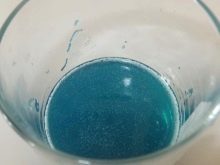
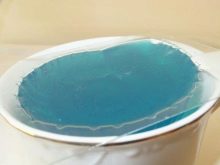
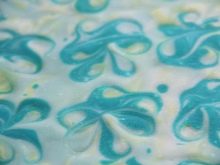
How much freezes and how to store?
Soap, depending on the composition, is ready for use after three weeks or several months from the date of manufacture. After this time, the pH of the soap will drop to the desired value, and the product will be ready for use. Soap pH is measured by litmus paper or a special device called a pH meter. Use soap when its pH reaches 7.5-9.
Store soap in a soap dish or cellophane film in a dark place at room temperature. Find a place away from the radiator so that the soap does not lose its shape and properties. Under these conditions, soap can be “fresh” for about a year.
The various techniques for performing swirls are described in the video below.
